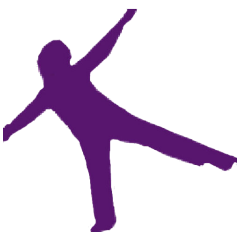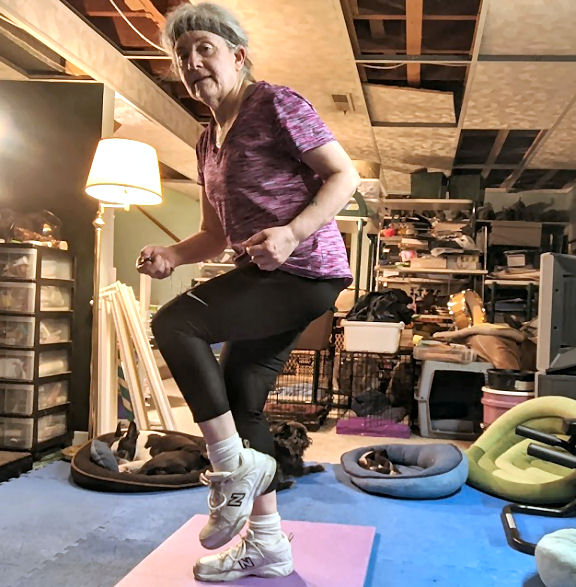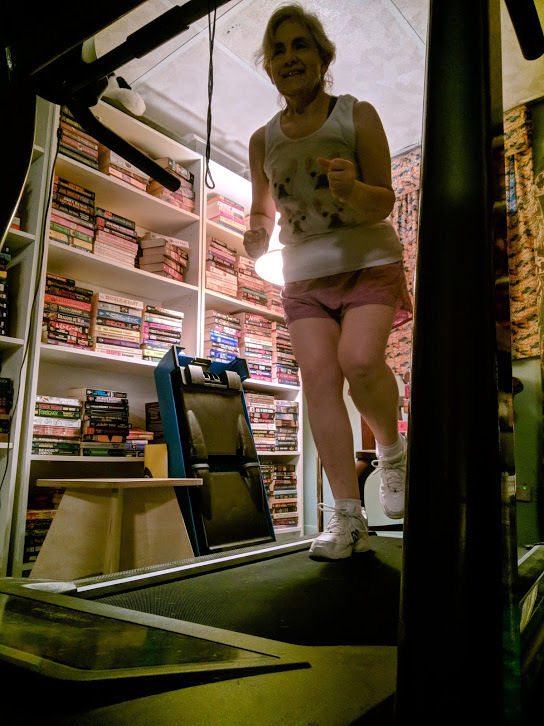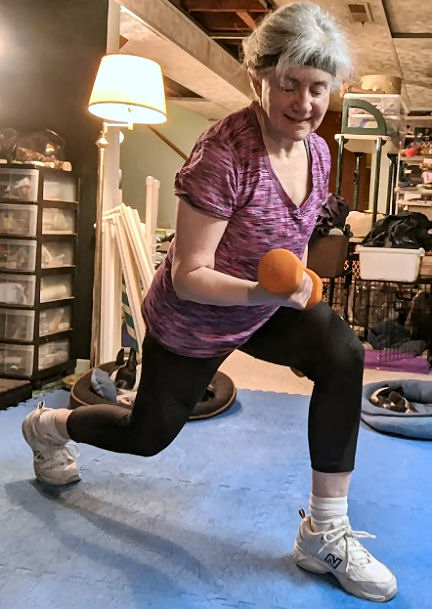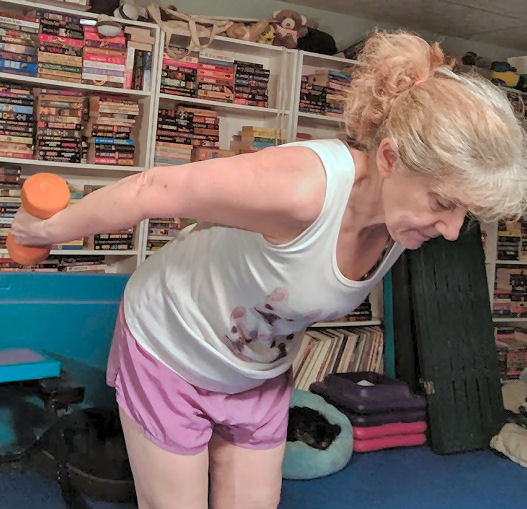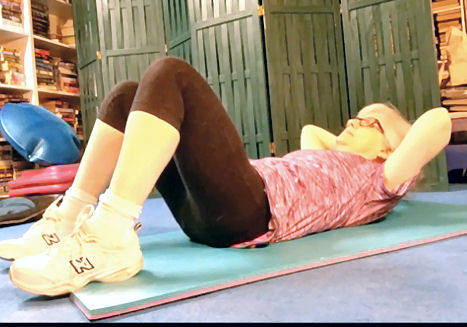I have an irrational distaste for going to the doctor. Of course, if I really have to go, then I will. (I’m not like my grandmother who absolutely loved going to her doctor’s appointments and all the attention she got there.) So I do everything I can for my healthy aging. It turns out that there are 3 keys to healthy aging that all work together.
Diet is first
The first of the keys to healthy aging is diet. Your nutrition, what you eat, affects everything you do. Your diet affects your brains, your bones, and muscles. Eating a healthy diet has been shown to reduce your risk of heart disease, stroke and cancer, among other health concerns. It also affects your mental health. Eating well can lessen your likelihood of developing depression or anxiety. If you eat a healthy diet, you’re more likely to keep to an exercise plan. And you’ll sleep better. What you eat can determine the amount and quality of your sleep.
Number 2: Exercise
Exercise is the second key to healthy aging. The benefits gained from exercise are for every age. From lower blood pressure to stronger bones to better mental clarity, exercise is essential. And every type of exercise can help to improve your sleep. Of course, exercising closer to bedtime could make it more difficult to fall asleep. I always have more energy after I exercise, so I don’t even try to take a nap after a workout.
Sleep is Last But Not Least
And sleep is the third key. Sleep gives your body and your brain time to recover from the day’s exertions. Without proper quality sleep, you have a higher risk of certain conditions like stroke, heart disease and diabetes. When you get enough sleep, you have better energy for all the activities you love doing during the day.
They all work together. The 3 keys to healthy aging make you more resilient and able to tackle everything life throws at you. Sleep and a good diet gives you the energy to exercise. Exercise and sleep help you make good choices, both in your diet and in the rest of your life. And, of course, diet and exercise keep you healthy and happy.
